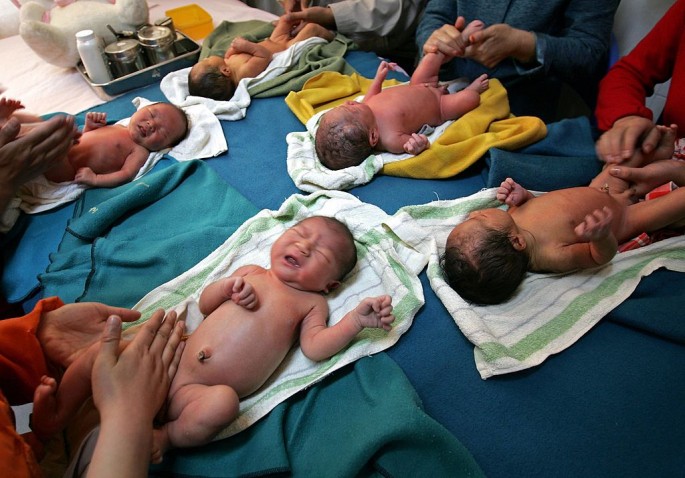The peak population of China at 1.45 billion people could happen earlier in 2023 because of the low fertility rate, population experts said in March.
After that year, the headcount of the most populous nation on Earth would dwindle that by 2100, a Chinese scholar forecast the headcount would be below 1 billion, reported Shanghaiist. The prediction by Zheng Zhenzhen, researcher at the Chinese Academy of Social Sciences, led to a heated debate at the 2016 World Economic Forum in Tianjin.
But Zheng’s estimate could even be on the optimistic side. People’s Daily reported that Huang Wenheng, University of Wisconsin demographer, sees China’s population plunging to as low as 600 million by 2100 or just half of the current number.
Among the factors cited for the pessimistic forecast are longer life expectancy and stagnant fertility rates. Zheng’s numbers match the forecast of the United Nations Population Division, pointed out China.org. Besides the significant drop in China’s population, an aging society and gender imbalance, the impact of these on the country would be labor supply shortage, lower consumption and weaker innovation capabilities which would slowdown the Chinese economy.
Even if China dropped the 30-year one-child policy in 2016 and allowed couple to have two children, the country’s birth rate is expected to increase to only 1.4 in 2017 from 1.25 in 2015, said scholar Yi Fuxian. From 2010 through 2015, China’s birth rates were 1.18, 1.04, 1.26 and 1.24.



























